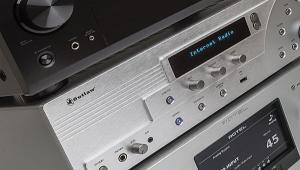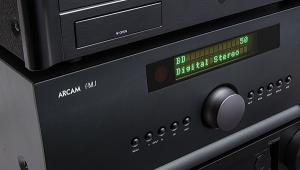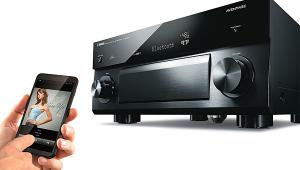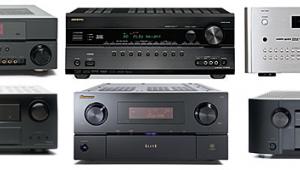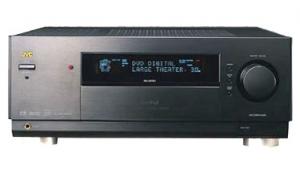Receivers vs. Separates
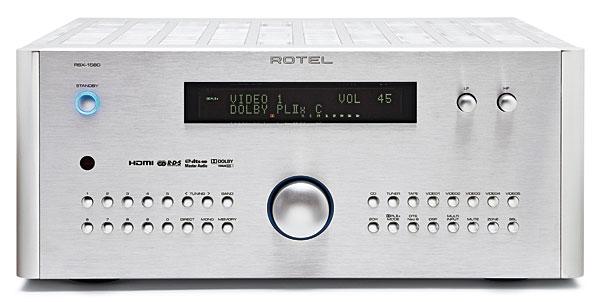
A friend who went to college in the late 1960s told me that everyone in his dorm fell into one of two absolutely opposing groups: those who blasted the Who’s Tommy and those who were mesmerized by the Beatles’ White Album. Or for the sticklers among you, the album nicknamed the White Album but officially known as The Beatles. I could entertain you with a few more sentences’ worth of metaphor, but you get the idea. You say tomato, I say tomahto.
And so it is with A/V receivers and what are informally called separates, which divide the AVR’s functions into surround processor and multichannel amplifier. Advocates of separates wouldn’t be caught dead using a lowly AVR. For them, separates are inherently the higher-end choice. But more people buy A/V receivers, and judging from reader mail I’ve gotten over the decades, they are usually quite happy with them. For them, the extra challenge of separates is the straw that breaks the camel’s back.
Arguments in favor of separates can briefly be summarized as both quantitative and qualitative. To start with the quantitative argument, if you want to maximize power in your home theater system, you’ll find higher watt-per-channel ratings in multichannel amplifiers than in A/V receivers. That’s the quantitative argument. The qualitative argument is that the delicate circuits of the surround processor and the power-sucking, heat-generating components of the power amp are best kept separate to ensure high performance.
The arguments in favor of AVRs are also quantitative if you start with the assumption that less is more. A/V receivers almost always cost less, especially if you factor in the elimination of cables between surround processor and amp. AVRs take up less rack space and generally consume less power.
And they typically include more of the latest features than surround processors, making them more versatile and alluring in many ways.
It’s easy to pick holes in these arguments. Some A/V receivers have more rated power than some multichannel amps. Some separates are more affordable than top-of-the-line AVRs. But rather than man the barricades, perhaps we’d be better off discussing which type of product is right for you, if you haven’t already decided.
Incidentally, I should declare my biases up front, although longtime readers are already aware of them. I use an A/V receiver in my own system and review AVRs almost exclusively. But I’ll try to do justice to both points of view.
The Case for Separates
In a dedicated home theater, where every aspect of movie presentation is at the highest level of accomplishment—from sound to image to décor to seating—separates rule the roost. When implemented by a knowledgeable installer, who knows how to tune the room as well as the system, separates can dominate a large room with dynamic, powerful surround sound.
With more room in the chassis for bigger components—power transformer, capacitors, heat sinks—the multichannel amp is a beast unleashed, limited only by household electrical circuits. Meanwhile, the surround processor doesn’t have to share a power supply with the amp, and its delicate, low-powered components are safely housed in a separate box. While amplification and surround processor functions can exist in the same product, reconciled by smart circuit design and layout, AVR designers have to live within limitations that are minimized when the amp and surround processor are divorced.
If you don’t want your choice of speaker to be limited to what amplifier mettle can be built into a single AVR chassis, separates are the way to go. No matter how demanding your speakers are, regardless of their rated sensitivity/efficiency and impedance, one or more outboard power amps can accommodate them. For the most power-hungry speakers, you may need to look beyond five- to seven-channel amps to a whole rack of stereo or monoblock amps. But where there’s a will, separates give you a way.
Ensuring that the speakers have a bountiful supply of power will bring audible benefits. The main one will be freedom from clipping during loud passages, which can drive a lesser amplifier into harsh distortion and may even damage the speakers. The system will be better able to navigate dynamic extremes from a whisper to an earthquake.
